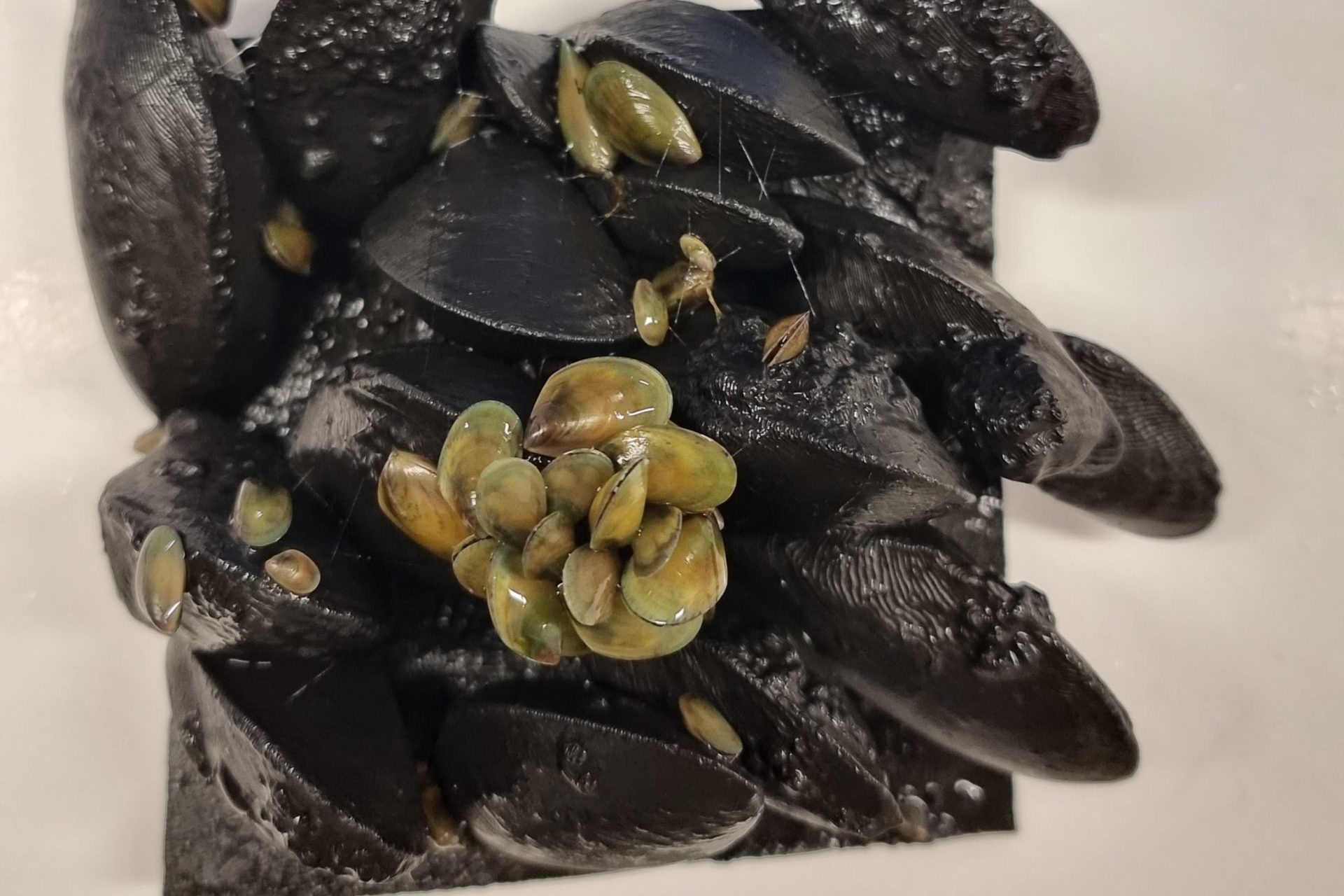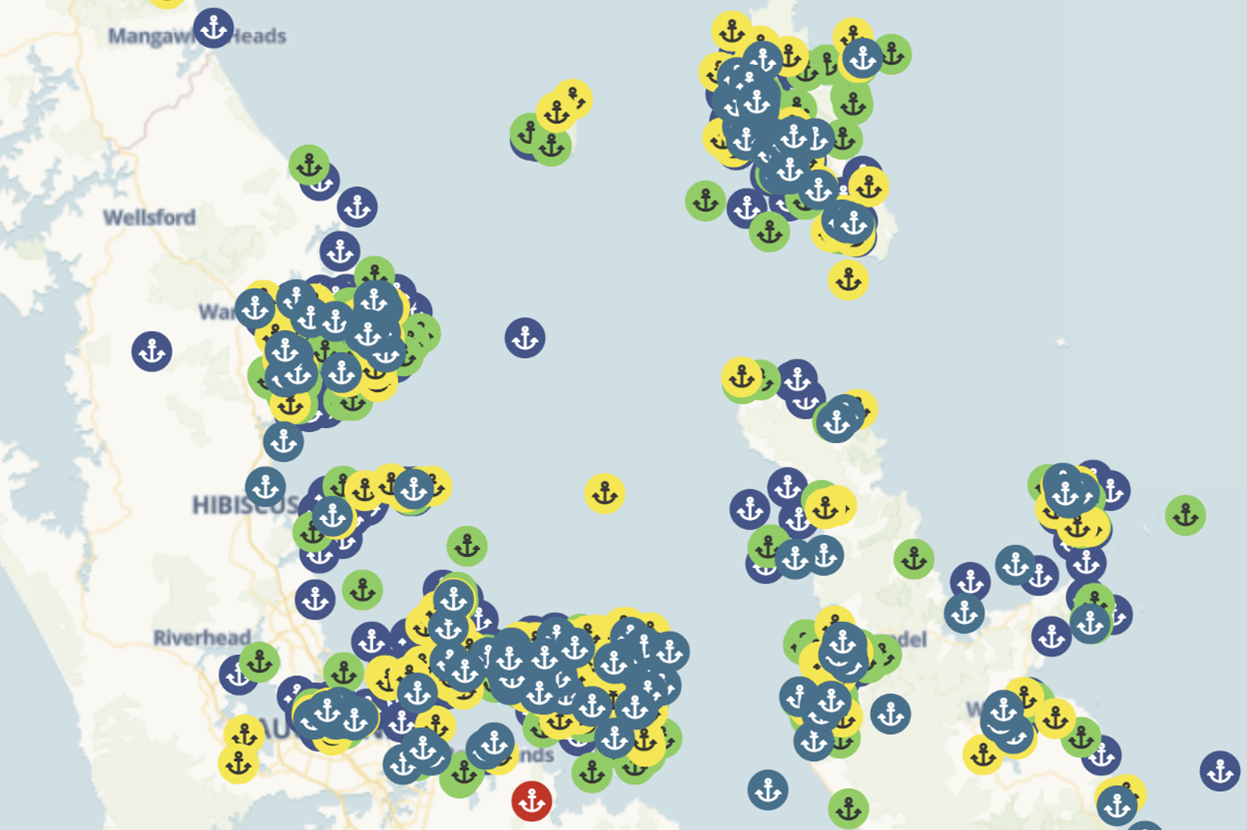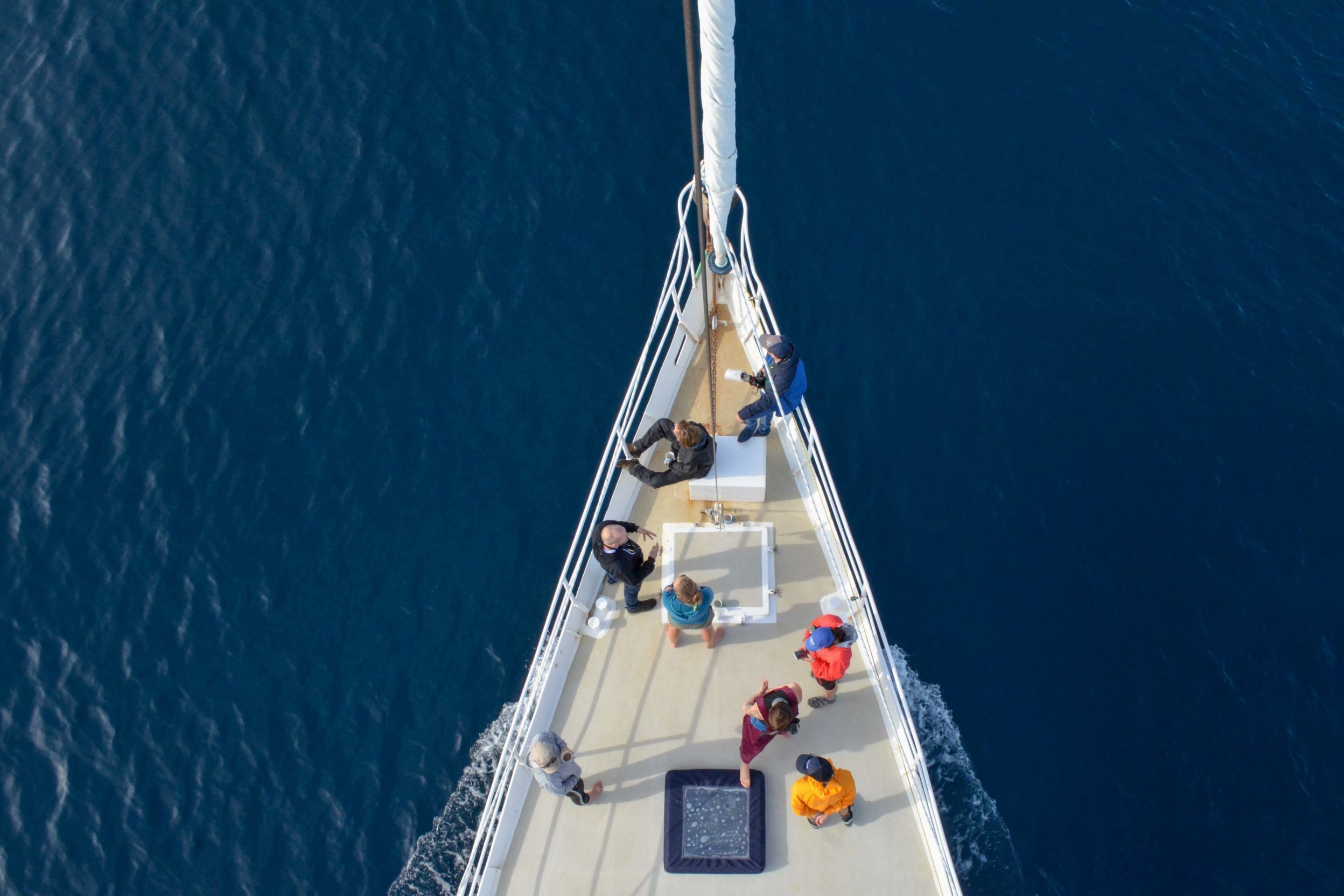Where do mussels like to call home?
To find out what features of the reef attract mussels, we dropped baby green-lipped mussels on several types of 3D printed tiles representing rocky reef structures in seawater tanks and saw where they went. This experiment will help us designing eco-engineered structures that would give this native species a competitive advantage over invasive species on artificial structures.




